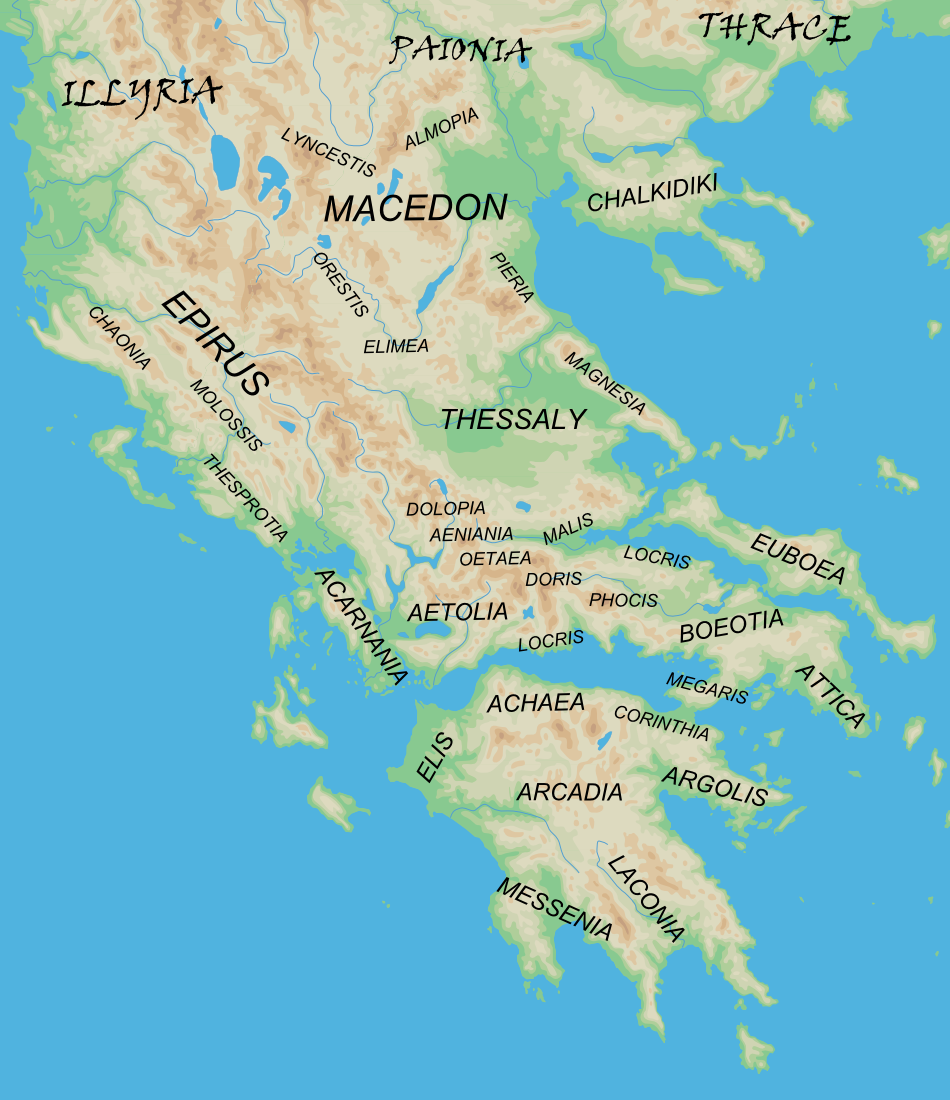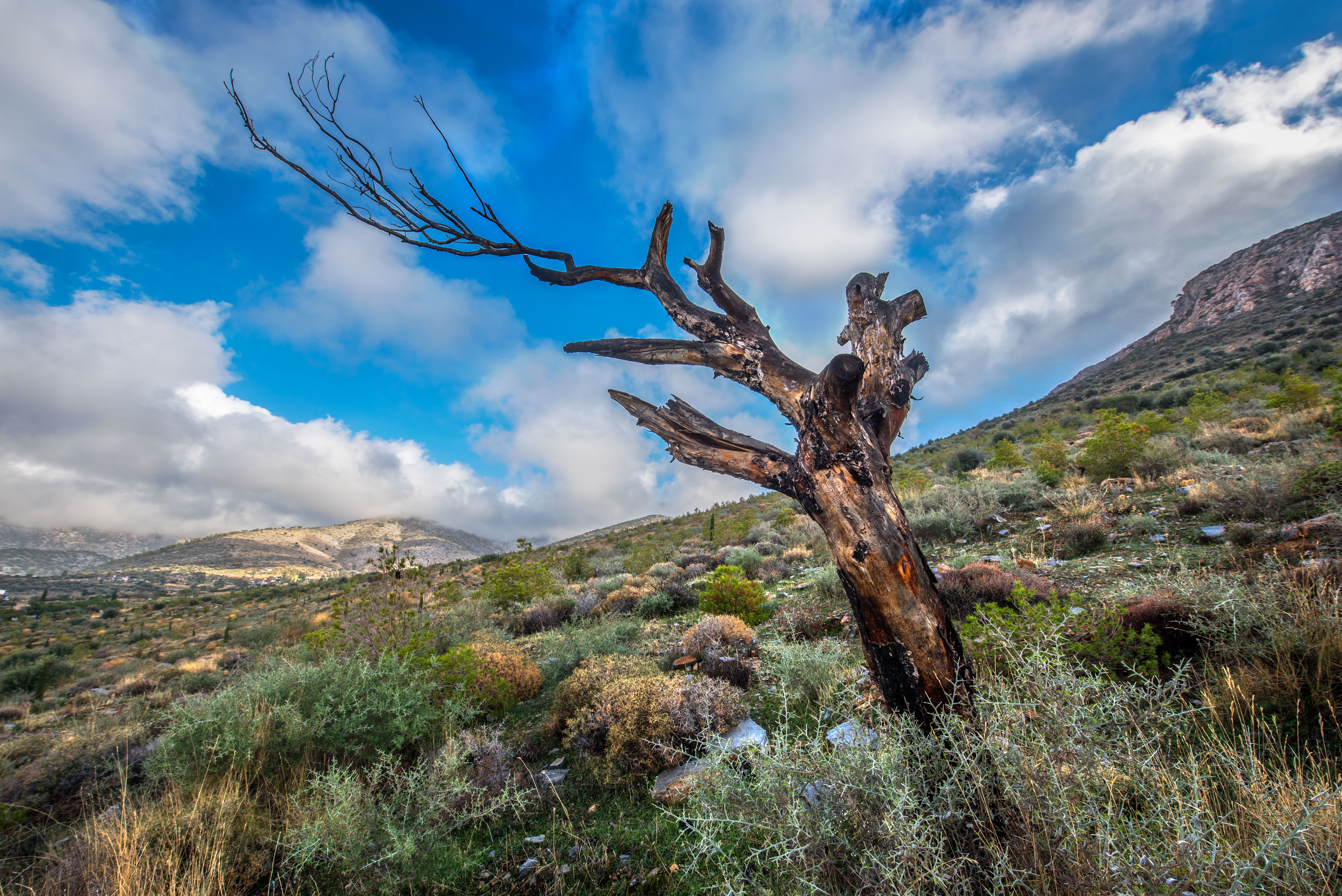|
Cholleidai
Cholleidae or Cholleidai (), or Chollidae or Chollidai (Χολλίδαι), was a deme of ancient Attica. It is supposed to have been near the Nymphaeum, or Grotto of the Nymphs, situated at the southern end of Mount Hymettus, and about three miles (5 km) from Vari by the road. From the inscriptions in this cave, we learn that it was dedicated to the nymphs and the other rustic deities by Archedemus of Pherae Archedemus or Archedamus ( or Ἀρχέδαμος) was the name of a number of different people from classical antiquity: * Archedemus of Athens, an Athenian leader in the 5th century BCE * Archedemus of Pelekes (Ὁ Πήληξ), a speaker mentioned ..., who had been enrolled in the deme of Cholleidae. Hence it is inferred that the grotto was, in all probability, situated in this deme. The exact site of Cholleidae is unlocated. People * Philippus of Chollidae References Populated places in ancient Attica Former populated places in Greece Demoi Lost ancient cities ... [...More Info...] [...Related Items...] OR: [Wikipedia] [Google] [Baidu] |
Deme
In Ancient Greece, a deme or (, plural: ''demoi'', δήμοι) was a suburb or a subdivision of Classical Athens, Athens and other city-states. Demes as simple subdivisions of land in the countryside existed in the 6th century BC and earlier, but did not acquire particular significance until the reforms of Cleisthenes in 508 BC. In those reforms, enrollment in the citizen-lists of a deme became the requirement for citizenship; prior to that time, citizenship had been based on membership in a phratry, or family group. At this same time, demes were established in the main city of Athens itself, where they had not previously existed; in all, at the end of Cleisthenes' reforms, Classical Athens, Athens was divided into 139 demes., Three other demes were created subsequently: Berenikidai (224/223 BC), Apollonieis (201/200 BC), and Antinoeis (AD 126/127). The establishment of demes as the fundamental units of the state weakened the ''genos, gene'', or aristocratic family groups, that ... [...More Info...] [...Related Items...] OR: [Wikipedia] [Google] [Baidu] |
Demoi
In Ancient Greece, a deme or (, plural: ''demoi'', δήμοι) was a suburb or a subdivision of Athens and other city-states. Demes as simple subdivisions of land in the countryside existed in the 6th century BC and earlier, but did not acquire particular significance until the reforms of Cleisthenes in 508 BC. In those reforms, enrollment in the citizen-lists of a deme became the requirement for citizenship; prior to that time, citizenship had been based on membership in a phratry, or family group. At this same time, demes were established in the main city of Athens itself, where they had not previously existed; in all, at the end of Cleisthenes' reforms, Athens was divided into 139 demes., Three other demes were created subsequently: Berenikidai (224/223 BC), Apollonieis (201/200 BC), and Antinoeis (AD 126/127). The establishment of demes as the fundamental units of the state weakened the ''gene'', or aristocratic family groups, that had dominated the phratries. A deme functi ... [...More Info...] [...Related Items...] OR: [Wikipedia] [Google] [Baidu] |
Ancient Attica
The regions of ancient Greece were sub-divisions of the Hellenic world as conceived by the ancient Greeks, shown by their presence in the works of ancient historians and geographers or in surviving legends and myths. Conceptually, there is no clear theme to the structure of these regions. Some, particularly in the Peloponnese, can be seen primarily as distinct geo-physical units, defined by physical boundaries such as mountain ranges and rivers. Conversely, the division of central Greece between Boeotia, Phocis, Doris and the three parts of Locris, seems to be attributable to ancient tribal divisions and not major geographical features. Both types of regions retained their identity throughout the Greek Dark Ages and its tumultuous changes in the local population and culture, giving them a less political and more symbolic presence. Other geographical divisions not identified with the aforementioned areas did, however, change over time, suggesting a closer connection with tri ... [...More Info...] [...Related Items...] OR: [Wikipedia] [Google] [Baidu] |
Mount Hymettus
Hymettus (), also Hymettos (; ; ), is a mountain range in the Athens area of Attica, East Central Greece. It is also colloquially known as ''Trellós'' (crazy) or ''Trellóvouno'' (crazy mountain); the latter originates from the French "très long" (very long) in awe of its winding length of 16 km, as used by French travelers during the occupation of Greece by the Ottomans. Hymettus was assigned the status of a protected area in the EU's Natura 2000 ecological network. Geography The highest point of the mountain range is Evzonas (Εύζωνας) with an elevation of . The length of Hymettus stretches from Athens to the Saronic Gulf. It is 6 to 7 km from east to west. In ancient times, the highest point was known as Megas Hymettos and the southern peaks as Elasson (Ἐλάσσων "lesser, smaller") and Anydros Hymettos (Ἄνυδρος Ὑμηττός, "waterless Hymettos"). Today the southern peaks are called Mavrovouni (Μαυροβούνι, "black mountain") ... [...More Info...] [...Related Items...] OR: [Wikipedia] [Google] [Baidu] |
Vari
Vari () is a southern suburb of Athens and former municipality in East Attica, Greece along the Athens coast. The ancient Athenian deme of Anagyrous was situated here. Since the 2011 local government reform it is part of the municipality Vari-Voula-Vouliagmeni, of which it is a municipal unit. The municipal unit has an area of 22.633 km2. Geography It lies at the southwestern end of the Mesogeia plain and the southeast shoulder of the Hymettus mountain, near the Saronic Gulf coast. Greek National Road 91 connects Vari with Athens city centre and Sounio. Vari's beach is located in an area called Varkiza, a fishing village that joined the municipality of Vari, in 1997. This particular beach has won the Blue Flag beach, blue flag many years in the past, including 2009. After 1 January 2011 Vari joined Voula and Vouliagmeni, according to Kallikratis regulations, in a joined municipality. Grigoris Konstantellos is the incumbent mayor, elected for a second term at May 26, 2019, f ... [...More Info...] [...Related Items...] OR: [Wikipedia] [Google] [Baidu] |
Archedemus Of Pherae
Archedemus or Archedamus ( or Ἀρχέδαμος) was the name of a number of different people from classical antiquity: * Archedemus of Athens, an Athenian leader in the 5th century BCE * Archedemus of Pelekes (Ὁ Πήληξ), a speaker mentioned by Aeschines who is otherwise unknown but should be distinguished from the preceding * Archedemus of Aetolia, an Aetolian who commanded the Aetolian troops which assisted the Romans in the Second Macedonian War with Philip V of Macedon * Archedemus of Tarsus, stoic philosopher from the 2nd century BCE * Archedemus of Thera, stone worker, sculptor 5th century BCE. He transformed the Vari Cave into a sanctuary dedicated to Pan (god), Pan, the Nymphs and the Charites. {{disambig ... [...More Info...] [...Related Items...] OR: [Wikipedia] [Google] [Baidu] |
Suda
The ''Suda'' or ''Souda'' (; ; ) is a large 10th-century Byzantine Empire, Byzantine encyclopedia of the History of the Mediterranean region, ancient Mediterranean world, formerly attributed to an author called Soudas () or Souidas (). It is an encyclopedic lexicon, written in Medieval Greek, Greek, with 30,000 entries, many drawing from ancient sources that have since been lost, and often derived from Christianity in the Middle Ages, medieval Christian compilers. Title The exact spelling of the title is disputed. The transmitted title (''paradosis'') is "Suida", which is also attested in Eustathius of Thessalonica, Eustathius' commentary on Homer's epic poems; several conjectures have been made, both defending it and trying to correct it in "Suda". * Paul Maas (classical scholar), Paul Maas advocated for the spelling, connecting it to the Latin verb , the second-person singular imperative of , "to sweat". * Franz Dölger also defended , tracing its origins back to Byzantine mi ... [...More Info...] [...Related Items...] OR: [Wikipedia] [Google] [Baidu] |
Philippus Of Chollidae
Philippus of Chollidae () was Plato's neighbor. He lived to the west of Plato's Iphistiadae Iphistiadae () or Hephaestiadae () was one of the demes, or townships of Acamantis, one of the ten '' phylae'' of Attica established by Cleisthenes at the end of the sixth century BC. It seems to have been named for Iphistius, an obscure hero, with ... estate. References * Year of birth unknown 4th-century BC Greek people Family of Plato {{AncientGreece-bio-stub ... [...More Info...] [...Related Items...] OR: [Wikipedia] [Google] [Baidu] |
Populated Places In Ancient Attica
Population is a set of humans or other organisms in a given region or area. Governments conduct a census to quantify the resident population size within a given jurisdiction. The term is also applied to non-human animals, microorganisms, and plants, and has specific uses within such fields as ecology and genetics. Etymology The word ''population'' is derived from the Late Latin ''populatio'' (a people, a multitude), which itself is derived from the Latin word ''populus'' (a people). Use of the term Social sciences In sociology and population geography, population refers to a group of human beings with some predefined feature in common, such as location, race, ethnicity, nationality, or religion. Ecology In ecology, a population is a group of organisms of the same species which inhabit the same geographical area and are capable of interbreeding. The area of a sexual population is the area where interbreeding is possible between any opposite-sex pair within the ... [...More Info...] [...Related Items...] OR: [Wikipedia] [Google] [Baidu] |
Former Populated Places In Greece
A former is an object, such as a template, gauge or cutting die, which is used to form something such as a boat's hull. Typically, a former gives shape to a structure that may have complex curvature. A former may become an integral part of the finished structure, as in an aircraft fuselage, or it may be removable, being used in the construction process and then discarded or re-used. Aircraft formers Formers are used in the construction of aircraft fuselage, of which a typical fuselage has a series from the nose cone to the empennage, typically perpendicular to the longitudinal axis of the aircraft. The primary purpose of formers is to establish the shape of the fuselage and reduce the column length of stringers to prevent instability. Formers are typically attached to longerons, which support the skin of the aircraft. The "former-and-longeron" technique (also called stations and stringers) was adopted from boat construction, and was typical of light aircraft built unt ... [...More Info...] [...Related Items...] OR: [Wikipedia] [Google] [Baidu] |



